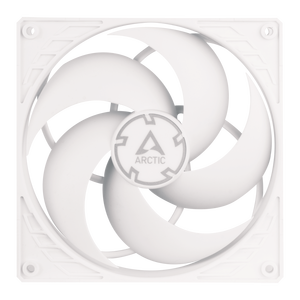
All categories
Featured selections
Trade Assurance
Buyer Central
Help Center
Get the app
Become a supplier

(6 products available)
































Fan bearing systems have a large variety of designs intended for different applications. The major types are listed below:
Jakel motor fans use ball bearings as the most common fan bearing for their preferred stability and operational efficiency. These comprise metal balls that roll inside a bearing race, distributing load evenly. Ball bearings give longer service life when applied in axial and radial load combinations. Therefore, they perform effectively when applied in computer fans and compact electronic devices, which need silent operation. They are also low-maintenance and are classified as one of the most durable types of fan bearings.
Fluid bearings make use of a thin fluid film between two bearing surfaces instead of a solid contact, as in ball and roller bearings. A variety of fluid bearings exist, including hydrodynamic and hydrostatic, which are meant to reduce friction and wear. This property enhances fluid bearing's efficiency compared to noise generation. Due to this, fluid bearings are common in high-precision and low-noise equipment like ventilator motor fans. However, they require a complicated design and are priced higher than other bearing types.
These are common in devices with low rotational speeds, such as AC fans. These bearings, which include a shaft that expands and contracts with the magnetic field, have minimal friction and wear. This feature makes them ideal for use in applications that need long-lived components. However, their use is mostly confined to niche applications due to their poor load capacity compared to ball and fluid bearings.
Jakel's roller bearings provide good radial load support, thus making them appropriate in large industrial fans. A roller bearing comprises cylindrical rollers that distribute the load uniformly over the bearing surface. These bearings also provide higher load capacities than ball bearings. Because of their high load capacity and durability, Jakel thermal fans are also compatible with heavy machinery and industrial ventilation systems.
These bearings support a rotating shaft without physical contact, making them exceptional in reducing friction. Magnetic bearings come in two types: passive magnetic bearings, which use permanent magnets, and active magnetic bearings, which use electromagnets and control systems. Active bearings are extremely precise and appropriate for high-speed applications. Passive bearings can function in simpler systems. These bearings are desirable in industries where minimal wear and tear and long-term performance are of utmost importance.
Fan bearing systems are manufactured with unique characteristics and are therefore intended for a particular purpose. Hence it is important to note these differences:
Choosing the correct fan bearing requires taking into account certain factors. Some of these factors will be elaborated on further below.
Jakel motor fan bearings perform differently depending on their application. For instance, high-precision devices such as medical equipment require the use of fluid bearings due to their precision and low noise. On the contrary, large industrial fans use roller bearings because of their high load-carrying capacity. There is also the consideration of operational speed. High-speed applications use bearings of magnetic and ball types. In low-speed applications, pole-mounted and fluidic bearings are more suitable.
For many buyers, the cost of a product is a major determining factor in product selection. As for fan bearings, they come at different prices depending on their type. For instance, fluid and magnetic bearings are more complicated and costly than conventional designs like ball, roller, and pole-mounted bearings. However, fluid and magnetic bearings are worth the investment, especially in applications where low noise, high efficiency, and longevity are needed. Other applicable features like maintenance, longevity, and reliability affect the overall cost of ownership. It is therefore important for investors to weigh the advantages of the different types of bearings against the cost.
The maintenance frequency of the offered bearings and their associated noise level are very paramount aspects to consider. Fans with a JAKel motor furnace bearing replacement have an extensive operational interval and demand little maintenance. Such bearings are ideal for settings where one is very much concerned about noise, like data centers and laboratories. For these reasons, ball and fluid bearings are very well suited for low-noise operations. Conversely, roller bearings need more frequent maintenance due to their construction; hence, they are noisier than others.
Load-bearing capacity is the ability to carry the mechanical load imposed on it by its environment. As stated, bearing efficiency refers to the ability of a bearing to reduce friction in addition to energy loss. Certain bearings like ball and roller bearings fitted into intense or heavy occupations have high technical work arrests. On the other hand, pole-mounted bearings can withstand low mechanical loads. The efficiency rankings of the bearings determine their energy consumption level during operations. More efficient bearings tend to use less power, leading to operational cost savings.
A1: Fluid bearings are known for their quiet and smooth operation than ball bearings.
A2: Since roller bearings are less expensive to install while offering a longer life, they are ideal for industrial fans.
A3: Seals protect the internal bearing elements from contaminants and keep the lubricant inside, increasing the lifespan.
A4: By using the right bearing in a fan, operational efficiency, longevity, noise levels, and maintenance requirements get maximized.